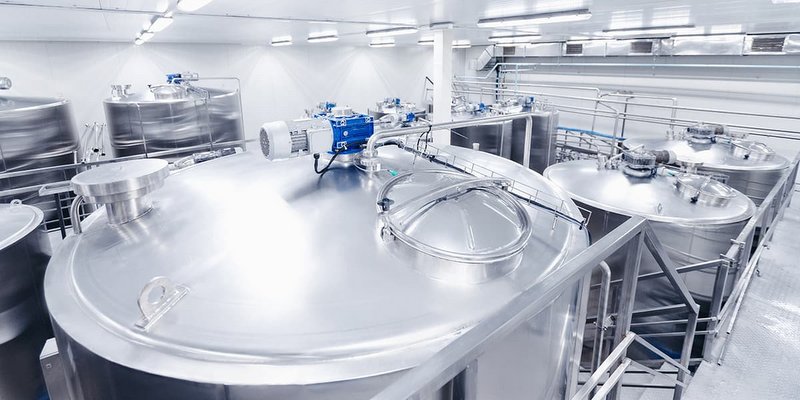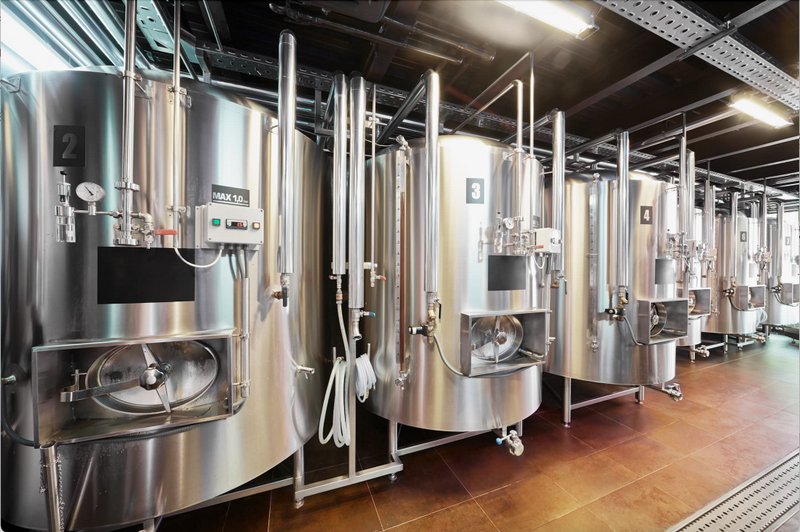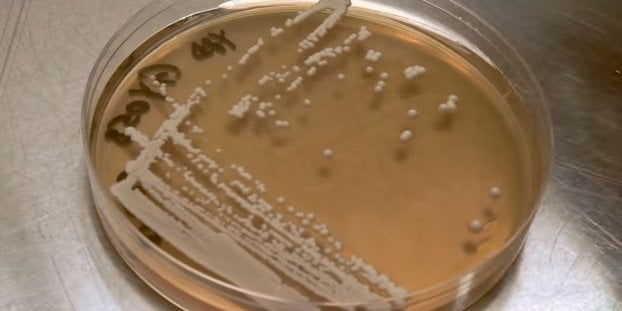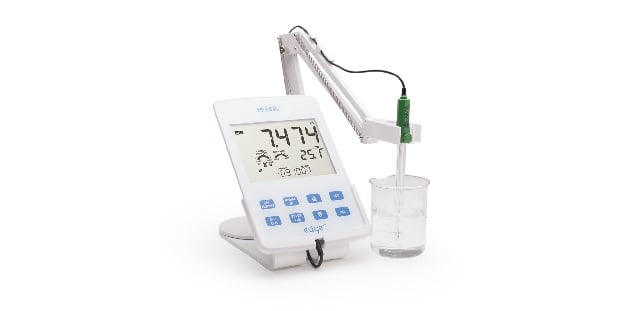
More than ever, craft brewing businesses are looking for smart ways to streamline their operations. As brewers try to meet consumers’ insatiable demand for variety, they’re seeing rising costs and supply chain disruptions on everything from raw materials to cans and labels—and they’re navigating the higher costs and staffing shortages of a historically tight labor market. At the recent Craft Brewers Conference, many sessions—and even more conversations—saw brewery owners and head brewers asking questions like, “How can we be more efficient?” and “How can we be more agile and resilient?”
Several leaders in the craft beer industry are finding answers to those questions in a surprising, often overlooked area of operations: cleaning and sanitation.
Product quality and operational efficiency
Brewers know cleaning provides a critical foundation for product quality. But because of the nature of the brewing process, most craft brewers are not subject to the kinds of stringent regulatory requirements around sanitization that other types of food and beverage processing operations must meet. They must, however, keep operations running as efficiently as possible. As a result, cleaning and sanitation must be done with not only product quality as a priority, but also efficiency.
To be frank, most brewers would love to spend as little time thinking about sanitization as possible, but it’s a contributing factor to operational optimization.
Optimization plays a large role in brewery operations—especially as craft brewers juggle demand for greater variety, and contract brewers tackle a broader range of small-run products. Moreover, sanitizing protocols typically represent labor-intensive downtime that can quickly add up to high costs for a brewing operation.
New sanitizing chemistries deliver meaningful efficiencies
While many home brewers still use plain old bleach to sanitize, craft brewers know that chlorinated sanitizers can lead to subtle but hard-to-remove residues that negatively impact flavor. Quaternary ammonium compounds—commonly called quats—are a popular non-chlorinated sanitizing option in the broader F&B processing segment, but most brewers avoid quats because of risks to yeast health and foam quality.
These new chemistries are designed to meet the unique needs and demands of fermentation and brewing—and their advanced capabilities can deliver meaningful efficiencies:
Reducing labor costs
New sanitizing chemistries are designed to have a broader effective use range. In other words, they give brewers greater confidence that they’re sanitizing effectively. Conductivity is a useful tool that can be integrated into existing processes.
Leading products like Ecolab Active OX+ even feature innovations in packaging that deliver labor efficiency: Patented quick-connect drum probes make it fast and easy to swap out product containers, without burdening staff with hefting large drums of harsh chemicals around the production floor.
Increasing productivity

Conventional sanitizing products often require a four- or five-step process to ensure sanitization is effective and complete—and to fully remove all remaining residue to protect product quality. More steps mean more downtime, higher labor costs and more points of potential failure.
In many cases, the new generation of sanitizing chemistry enables brewing operations to move to a three-step cold wash process. It’s simpler to complete correctly. It speeds up changeovers between products. And it often reduces water and energy usage, as there’s no need for hot water or additional rinse steps.
Reducing the need for disruptive deep cleaning
Beyond regular cleaning and sanitizing, brewing operations need to do the occasional de-scaling. This includes acid washing of tanks, as well as using more intense chemistry to remove biofilms. These deep cleaning protocols are particularly disruptive, often shutting down production for an extended period and, of course, bringing a big labor price tag.
Modern sanitizing chemistries have been formulated to more effectively address the roots of the problems that lead to the need for disruptive de-scaling. Low-pH chemistry helps remove minerals during regular cleaning and sanitizing steps, significantly reducing the frequency of acid washing of tanks. That same low-pH formulation penetrates and destroys biofilms at standard use concentration. No need to use a separate product to treat biofilm—and no need for a separate protocol with extra rinsing steps. Brewers can build this deeper level of clean into their standard CIP protocols to keep operations running more smoothly, with less downtime and fewer disruptions.
Simplifying inventory and storage
After the supply chain madness of the last three years, brewers are rightly wary of running out of and not being able to get things they need. But most also don’t have endless storage space for extra inventory. So, when it comes to storing an extra pallet of cans or a few extra drums of cleaning product, they want the cans.
Modern sanitizing products use more concentrated formulation. The same quality that enables the previously mentioned broad efficacy range also means brewing operations use less total product. That means they go through containers less quickly and have less need to store extra product. This can open up more room to store other critical inputs and lets brewers spend less time worrying about ordering cleaning products and more time focused on creating great products.
Standardizing for organic and non-organic production
Organic beer is still a niche market. But more broadly, organic is the hottest growth area across the food and beverage production industry. More and more craft brewers are recognizing and capitalizing on the big untapped opportunities to introduce and expand organic offerings—particularly as more brewers produce seltzers and other specialty beverages that are more closely linked with health and wellness trends.
Until recently, brewers had very limited options for organic-certified cleaning and sanitizing products. Most brewers producing organic products either use entirely different products for their organic batches or use entirely different sanitizing protocols (adding extra rinsing steps, for example) for their organic batches. And as we all know, variability in manufacturing is synonymous with inefficiency.
One of the newest modern sanitizing products, Ecolab Active OX+, gives brewers a solution to this problem: Active OX+ is built with the same advanced chemistry that delivers all the performance benefits discussed above—in a product that’s organic-certified and fully approved for no-rinse use in organic brewing operations.
This means brewers can standardize with a single sanitizing product and consistent CIP protocols, creating a significant advantage in operational agility. Brewers can seamlessly splice in organic batches without major changes, driving more efficient changeovers and enabling them to capture consumers’ demand for variety and niche products—without sacrificing their production efficiency or tanking their bottom line.
Brewers have an even better understanding of the science of food than most of their peers in the F&B world. This means they know enough to recognize that sanitization is vital, even if sanitation standards aren’t necessarily as regulated as with other F&B segments.
Craft brewers may not have strict regulatory requirements, and they may have the good fortune of not losing sleep over worries about foodborne illness in product, but the reality is that cleaning and sanitizing still takes significant time—time that eats into production and tacks on substantial labor costs.
The good news is that brewers don’t need to overthink this part of operations. They can easily step up to modern sanitizing products that can immediately deliver meaningful benefits in the form of operational efficiency and agility. And then they can get back to doing what they love: producing great beer.
Michael Doseger is the Area Technical Support Coordinator at Ecolab.





Leave a Reply
You must be logged in to post a comment.